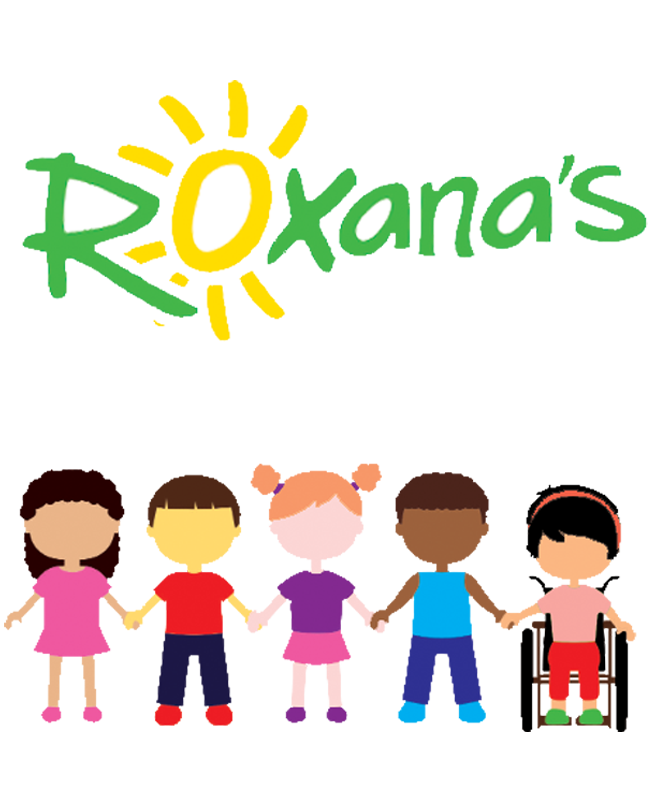Welcome March with the best energy, this will be our theme of the month since the curriculum that I have created is based on our natural world. Panda Education as a tool for teaching children about the importance of biodiversity.
Keywords:
-Environmental and Sustainability Education.
-Nature education.
– Awareness about our environment and what surrounds us.
-Biodiversity.
-Nature conservancy.
Environmental education is an integral process that, more than providing information about the environment and its problems, seeks to create reflection processes about how our daily habits and actions positively or negatively impact the environment, leading to taking responsibility and the consequent action.
How children benefit from exploring nature?
Introducing children to different natural settings can help them think beyond their immediate surroundings and build whole perspectives. Nature-based learning and education improves children’s academic performance and critical thinking.
Nature helps children to know their world.
Bringing children closer to the diversity of nature from unique animals to different landscapes and climates can encourage them to appreciate the world around them and help them understand their place in it.For example, visiting a river or stream is an opportunity not only to teach children about fish habitats, but also to explore where drinking water, one of life’s most precious resources, comes from.
Biodiversity
Biodiversity is the set of all living beings on the planet, the environment in which they live and the relationship they have with other species. They are all animals, all plants and all organisms, from the largest, such as whales or redwoods, to the smallest, such as bacteria. They are also all ecosystems, both terrestrial and marine, and all the relationships that are established between them.
Biodiversity is very important for the life and survival of nature. Taking care of it is in everyone’s hands, so teaching children what it is and how to protect it is essential for its conservation.
How to make children aware of its importance?
One of the first steps we can take to make children aware of the care and respect for nature is to teach them about the existence of the different animals and plants that exist, and how some of them are in danger of disappearing. We can incorporate some changes into our daily activities and teach children what they can do to create more responsible habits with nature:
- Teach him to save resources. Many times children throw away things that can still be used, when brushing their teeth, they leave the tap running, or the light on when they leave a room. By doing this they are wasting biodiversity resources and, with a small gesture, they can be avoided.
- Teach him to keep the environment clean. When they go on excursions to the countryside, the mountains or even the beach, teach them not to litter and to pick up all the garbage that is not biodegradable.
- One of the most important things when teaching biodiversity to children is to do it by example. It’s no use teaching him to recycle if, for example, you don’t do it at home, or if he sees you wasting water when washing the dishes.




